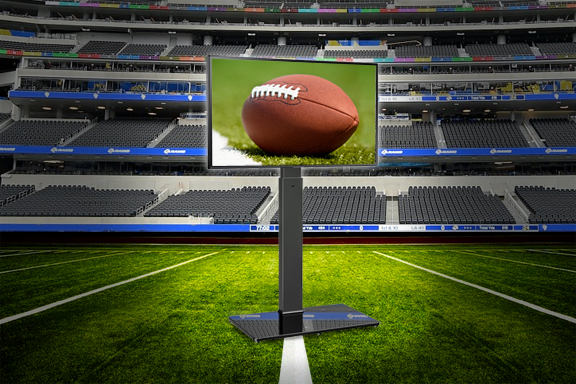 This Sunday, Super Bowl LV (55 for those of you who don’t
remember Roman numerals) will be played in Tampa, Florida. Each year, the NFL
playoffs end with this championship game, which annually has been the most
watched TV show of the year, which is why advertisers pay so much (this year it
is $5.5 million per 30 second spot).
This Sunday, Super Bowl LV (55 for those of you who don’t
remember Roman numerals) will be played in Tampa, Florida. Each year, the NFL
playoffs end with this championship game, which annually has been the most
watched TV show of the year, which is why advertisers pay so much (this year it
is $5.5 million per 30 second spot).
The Super Bowl ads of the past have competed for some of the
most imaginative ever produced. But this is a different year and Super Bowl ads
reflect the uncertainty of the times in which we live. The game has changed on marketing, much like if the two
football teams showed up at the stadium only to have it announced that they
would be playing a water polo championship instead of football! Uncertainty
does funny things to marketing and you will see that in the advertisers this
year.
For starters, several familiar names are opting out. That
includes Coca-Cola and Pepsi (although some of its brands, such as Mountain Dew
and Frito-Lay will have ads). For the first time in 37 years, Budweiser announced,
there will be no Clydesdales on Super Bowl Sunday. Why the wishy-washy
advertising approach to a night when so many people are tuning into a game?
Uncertainty. Months ago when companies had to make a decision about Super Bowl
ads, no one was sure there would be an NFL season. No season, no championship
game! We know now that the game will be played, but will there be an audience
for it? The reason there is such a big TV audience for this game is people
gather for parties and at local restaurants to watch the game. Will they this
year? Probably not. Add to this a very politicized environment where you cannot
reasonably tell what kind of mood your audience will be in at game time.
Typically during the Super Bowl, new movie releases are advertised. You won’t
see movie trailers because cinemas remained closed. So, too, do many
restaurants (which is part of the reason you won’t see Pepsi and Coke ads this
year.) You will see shop at home ads and delivery services.
But there is more to consider in dissecting the mood of the
market. In the current environment, you can get yourself in marketing hot water
if you make an ad with two people who are not properly socially distanced (I am
not joking!) There have been advanced
press releases from companies who used husband and wife actors in their ads
(Skechers with Candice
Crawford and Tony Romo; Cheetos with Mila Kunis and Ashton Kutcher) explaining
that the actors were already living in the same household, so there was no
reason to stay six feet apart in the ads! Some of the ad agencies that produced
the ads have also posted blogs that claim their crews were all properly masked
and distanced throughout the production process. Do you sense there is a $5.5
million land mine you could step on here?
So
during this Super Bowl, ads will have a very different feel about them. The
game has changed on marketing, because it is hard to determine the mood of the
target market, how many of them will actually be watching, if this is the right
time to push a brand, or to wait for a better time. Uncertainty does funny
things to marketing.
What
is the lesson to learn here? First, market conditions change and your customers
will be in a better mood to buy at some point in the future. Pinpointing that
time is key to your success in marketing. Second, when you see an audience
dwindle, it is time to change marketing tactics. Budweiser announced they are
using their marketing dollars to help fund relief efforts due to the pandemic.
Will that work? They are banking on it boosting their brand. Third, if you are
marketing during uncertain times, diversify the way your message gets out. Most
of the advertisers have already released their ads on social media outlets.
Take a look here. That used to be a big no no. Times have changed and the way
people view media has changed. Get with the times and get the word out through
as many media sources as you can.
_____________________
Super Bowl Ad Challenge: Get Noticed, Avoid Irking
Viewers, by Gerry Smith, Bloomberg News, February 2, 2021